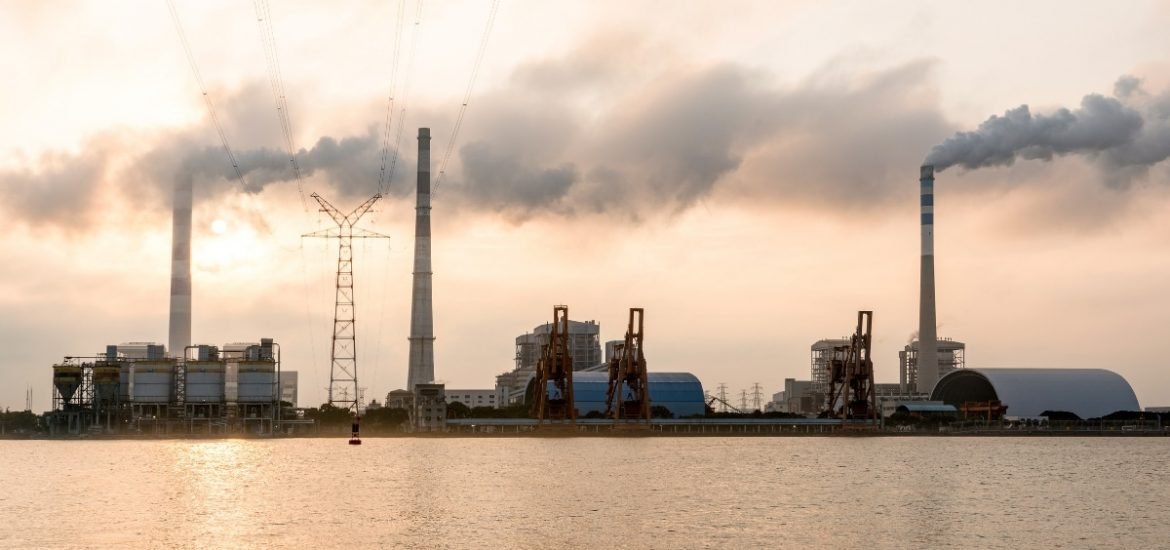
A new study published ahead of print on 8 April in the Proceedings of the National Academy of Sciences analysed the potential of realising carbon-negative power in China, the world’s biggest emitter. The findings suggest that by using bioenergy combined with carbon capture and storage, China could move towards negative carbon technologies in an economical way ― with the co-benefit of reducing air pollution.
Commitments laid out in the 2015 Paris Climate agreement set emissions targets to limit global warming to within 2 degrees Celcius by the end of the century. However, meeting the ambitious targets by the end of the century will not only require energy sources that are carbon neutral but energy sources that, in fact, reduce carbon dioxide (CO2) levels ― so-called carbon-negative technologies.
At present, the global enthusiasm for carbon capture and storage seems to be wavering. However, the author points to the GreenGen project in China as a particularly promising opportunity to advance carbon capture technologies, in particular, via gasification.
Coal gasification turns coal into a gas before combustion, which makes electricity generation more efficient, with the added benefit of releasing less carbon and other pollutants into the atmosphere.
How to achieve carbon-negative power generation
The strategy described in the paper involves combining coal-bioenergy gasification with carbon capture and storage ― one of the most-discussed potential approaches to negative carbon power. Like coal, the carbon in biomass is converted to energy via combustion. But in this case, plants are also capable of storing large amounts of carbon.
The international team of researchers led by Harvard University, as part of the Harvard-China Project on Energy, Economy and Environment, analysed the technical and economic viability adopting carbon-negative electric power generation in China.
Alone, biomass is not capable of efficiently producing enough energy. So, the researchers proposed a combination of coal and biomass energy to produce electricity in China. They investigated different ratios of biomass to coal, varying from 0 to 100 per cent. Interestingly, they found that the process can actually reduce the amount of CO2 in the atmosphere if at least 35 per cent of the mix is biomass and the waste carbon is captured.
In addition, under this scenario, the levelised cost of electricity would be no more than 9.2 cents per kilowatt-hour. The authors suggest the cost of carbon would be competitive with current pulverised coal-burning power plants.
One important aspect of the proposed approach is the use of crop residues ― plant waste that remains after crops are harvested ― as the biofuel. Farmers usually set this waste plant material on fire, which is a major source of air pollution in China. Therefore, highly polluted regions that are rich in crop residues would see considerable improvements in air quality.
Furthermore, the gasification process removes pollutants from the waste stream more easily.
An incremental approach
Putting the systems into place to supply power stations with biofuels will take time. Nonetheless, the study provides important insights into the potential usefulness of biomass-based strategies combined with carbon capture to reduce emissions.
The strategy could also be adopted incrementally, making the transition first to carbon neutrality and then to carbon-negative power much easier. At the same, China would immediately begin to reduce emissions of harmful pollutants, thus helping the country to achieve its near-term goal of improving air quality.
(1) Lu, X. et al. Gasification of coal and biomass as a net carbon-negative power source for environment-friendly electricity generation in China. Proceedings of the National Academy of Sciences (2019). DOI: 10.1073/pnas.1812239116